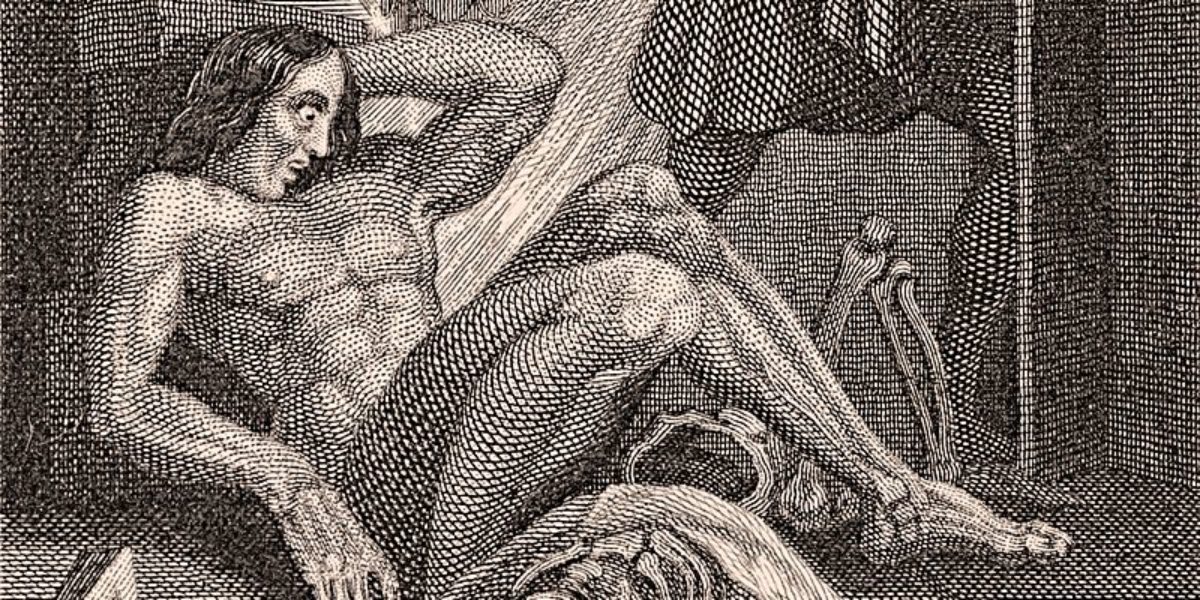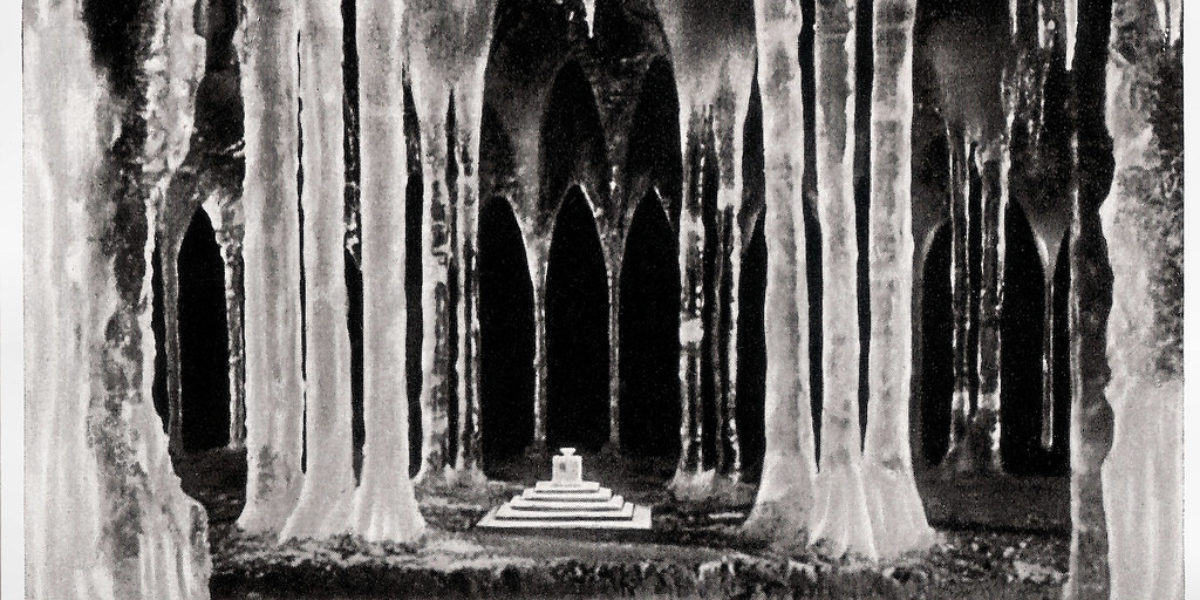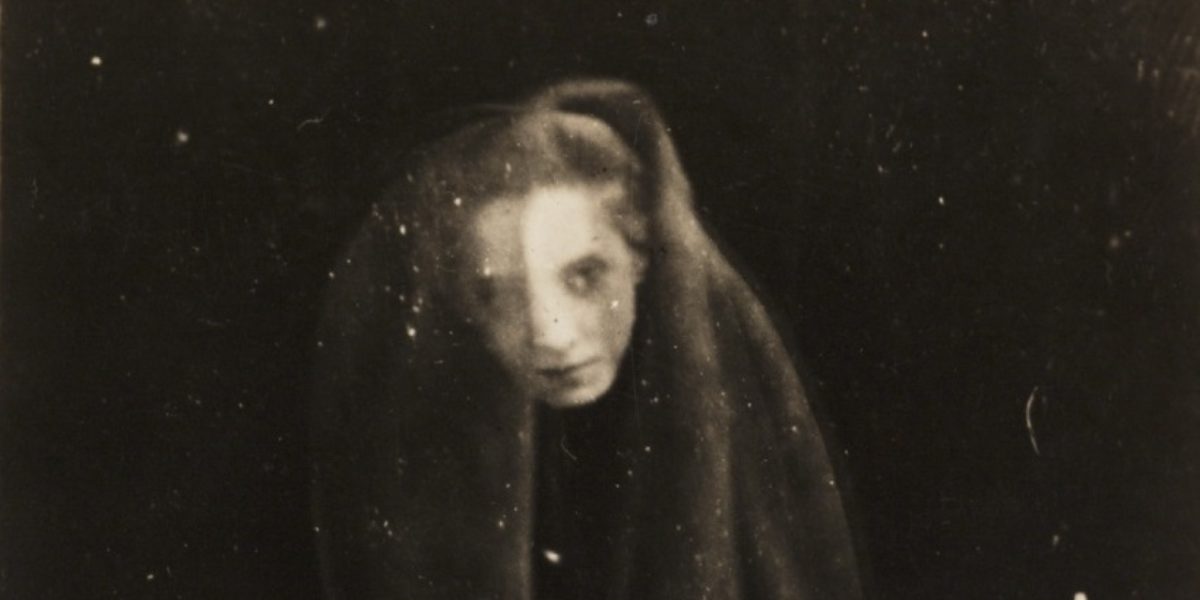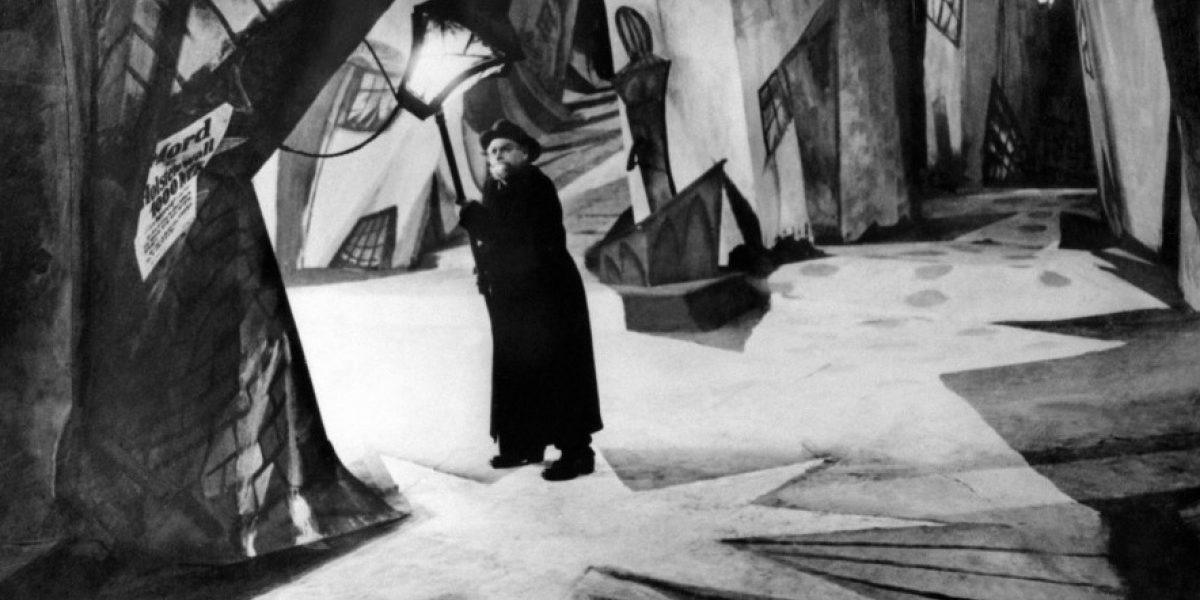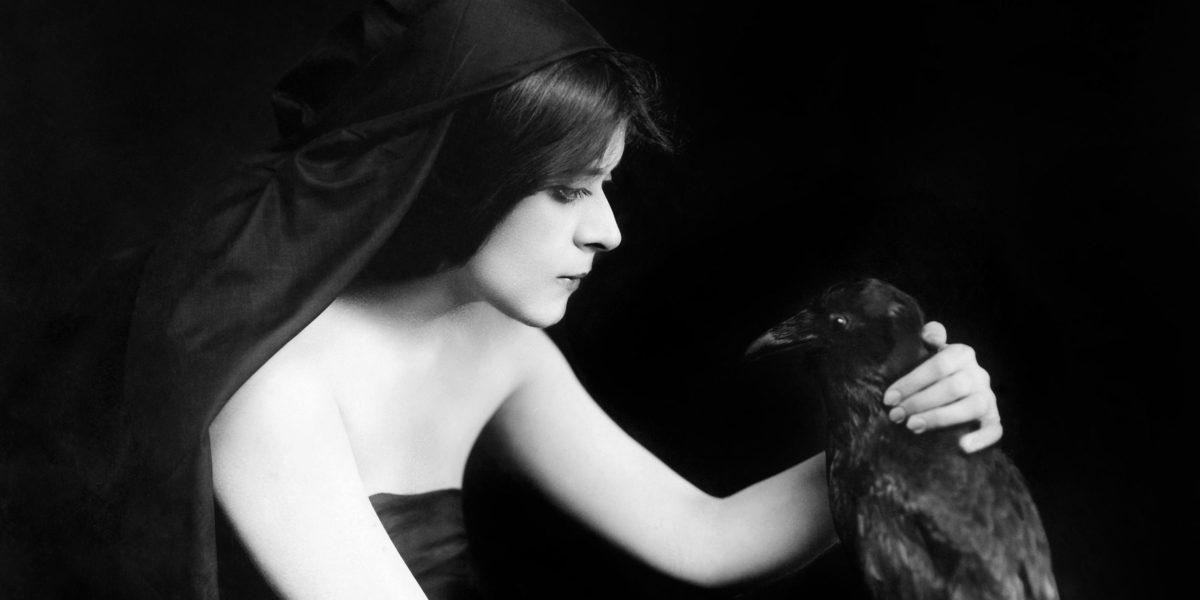With their fascination for classical antiquity, the champions of the Renaissance were responsible for the notion of the ‘Middle Ages’: a vacuum of backward barbarism separating their own era of rebirth from an idealized classical age. The ecclesiastical architecture of this dark period was dismissed as ‘Gothic’ on the grounds that its strange, pointed arches could only have come from the barbarian Goths, the tribe that had overthrown the Roman Empire.
The Middle Ages began to attract fresh attention in the 18th century – a time, remarkably enough, of emerging industry and accelerated social change. Two very different strands emerged in this fascination for the mysterious Gothic period. The first was an image of a romantic, chivalrous and devout age: a salutary example for a disenchanted modern world. Against the backdrop of rising nationalism in Europe, Gothic design was adopted as a means of making society real, personal and pure again.
“Indeed, my dear Sir, as kind as you are about it, I perceive you have no idea what Gothic is: you have lived too long amidst true taste, to understand venerable barbarism.” — Author Horace Walpole in a letter to Horace Mann, 1754
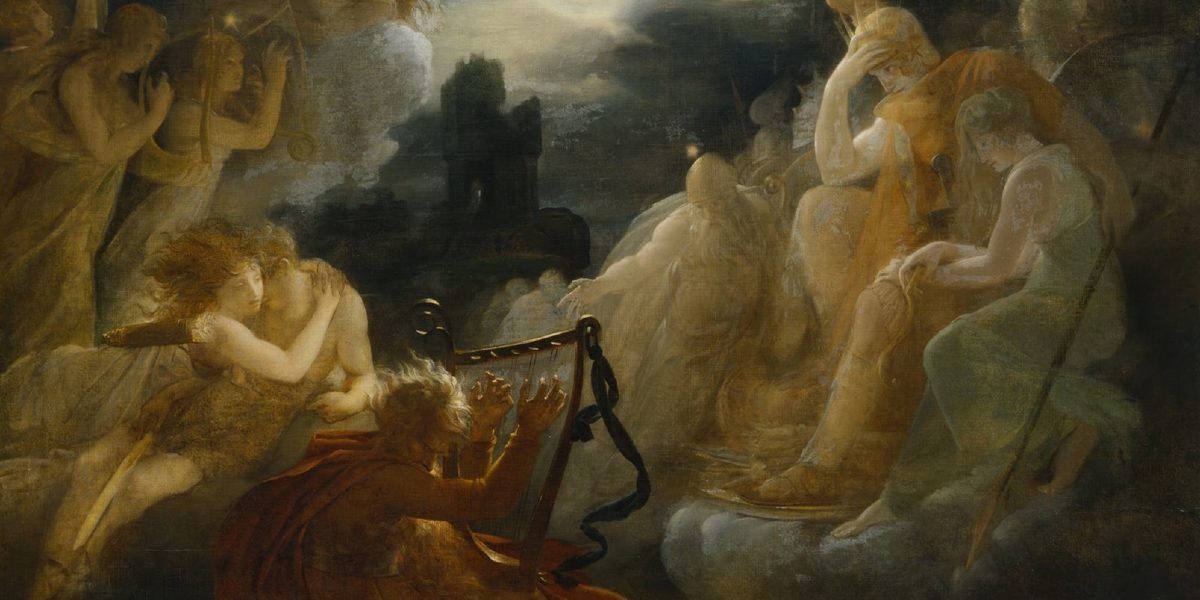
François Gérard, Aan de oever van de Lora roept Ossian geesten op met de klanken van zijn harp (uitsnede), c. 1811. Ⓒ Hamburger Kunsthalle (gift van Ludwig F. Hansing, 1910)
At the same time, there was also a growing market for so-called Gothic novels: sensational horror stories in which history was not a picturesque epic of chivalry but a terrifying spectre. Readers revelled in the monsters and barbarism of an earlier age and it is to this ghostly interpretation of the past that we owe our current understanding of the word ‘Gothic’. While these two strands of the Gothic tradition are very different, they share the fact that neither has much to do with the actual past: each of them exaggerates, twists or straightforwardly invents history. The past on which Goth is based is an intoxicating mixture of fantasy and reality.
“I seek antiquity and not novelty. I strive to revive not invent.” — Designer and architect Augustus Pugin, in a letter to John Bloxham, 18401
While these two strands of the Gothic tradition are very different, they share the fact that neither has much to do with the actual past: each of them exaggerates, twists or straightforwardly invents history. The past on which Goth is based is an intoxicating mixture of fantasy and reality.
